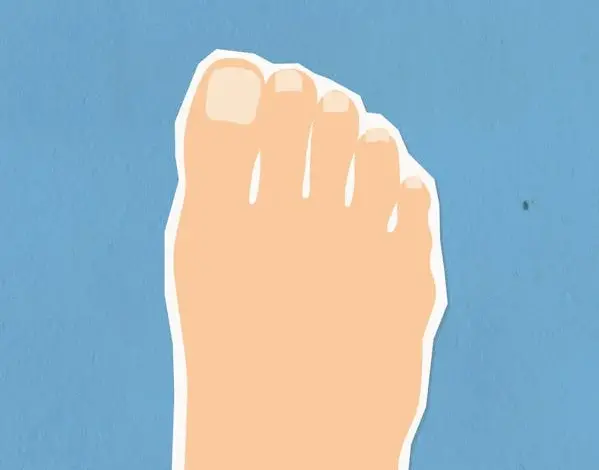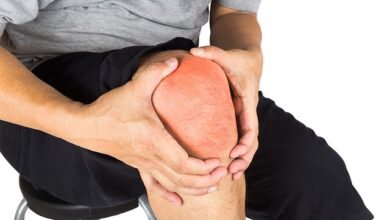Fungal Infections Between the Toes: Causes, Symptoms, and Treatments
Fungal Infections Between the Toes: Causes, Symptoms, and Treatments

Fungal infections between the toes, commonly known as athlete’s foot (tinea pedis), are a widespread problem affecting millions of people worldwide. This condition is caused by dermatophytes, a group of fungi that thrive in warm, moist environments. While often seen in athletes, anyone can develop this uncomfortable and sometimes painful condition. This comprehensive guide delves into the causes, symptoms, prevention, and treatment of fungal infections between the toes, providing detailed information to help manage and prevent this common issue.
Understanding Fungal Infections Between the Toes
Causes
1. Warm, Moist Environments: Fungi thrive in environments that are warm and moist, making feet an ideal breeding ground, especially when they are enclosed in tight, non-breathable shoes for extended periods.
2. Public Places: Walking barefoot in communal areas such as swimming pools, locker rooms, and public showers can expose feet to fungal spores, increasing the risk of infection.
3. Poor Hygiene: Infrequent washing of feet, not drying them thoroughly after washing, and reusing dirty socks can contribute to fungal growth.
4. Weak Immune System: Individuals with weakened immune systems, diabetes, or circulatory problems are more susceptible to fungal infections.
Symptoms
1. Itching and Burning: The most common symptom is intense itching and burning between the toes, often becoming more pronounced after removing shoes and socks.
2. Redness and Scaling: The skin between the toes may become red, scaly, and inflamed, sometimes leading to peeling or cracking.
3. Blisters: In some cases, small blisters filled with fluid may form, which can be painful and may burst, causing further irritation.
4. Cracking and Peeling: Severe cases may result in deep cracks and peeling of the skin, which can be painful and prone to secondary bacterial infections.
Prevention
1. Maintain Good Foot Hygiene:
- Wash your feet daily with soap and water, ensuring to clean between the toes.
- Thoroughly dry your feet after washing, paying special attention to the areas between the toes.
2. Wear Breathable Footwear:
- Opt for shoes made of breathable materials like leather or mesh to reduce moisture buildup.
- Alternate shoes daily to allow them to air out and dry completely.
3. Use Antifungal Products:
- Apply antifungal powders or sprays to your feet and inside your shoes, especially if you are prone to sweating.
4. Wear Moisture-Wicking Socks:
- Choose socks made from materials that wick moisture away from the skin, such as cotton or synthetic blends.
- Change socks if they become damp throughout the day.
5. Avoid Walking Barefoot in Public Areas:
- Wear flip-flops or shower shoes in communal areas like pools, gyms, and locker rooms to protect your feet from fungal spores.
Treatment
1. Over-the-Counter Antifungal Medications:
- Topical antifungal creams, gels, sprays, and powders are readily available and effective in treating mild to moderate infections.
- Common active ingredients include clotrimazole, miconazole, terbinafine, and tolnaftate.
- Apply the medication as directed, usually for two to four weeks, even if symptoms improve earlier.
2. Prescription Medications:
- For severe or persistent cases, a healthcare provider may prescribe stronger topical or oral antifungal medications.
- Oral medications, such as terbinafine, itraconazole, or fluconazole, are typically used for more stubborn infections.
3. Home Remedies:
- Tea Tree Oil: Known for its antifungal and antibacterial properties, applying diluted tea tree oil can help alleviate symptoms.
- Vinegar Soaks: Soaking feet in a mixture of one part vinegar and two parts water for 15-20 minutes can create an acidic environment that inhibits fungal growth.
- Garlic: With natural antifungal properties, crushed garlic applied to the affected area may help, though it should be used with caution to avoid skin irritation.
4. Keeping Feet Dry:
- Keeping feet as dry as possible is crucial. Use talcum powder or antifungal powder to absorb moisture.
- Change socks frequently and use moisture-wicking socks to keep feet dry.
5. Proper Foot Care:
- Regularly inspect your feet for signs of infection.
- Trim toenails straight across and keep them short to prevent fungi from growing underneath.
Complications
If left untreated, fungal infections between the toes can lead to more serious complications:
- Secondary Bacterial Infections: Cracked skin can allow bacteria to enter, leading to cellulitis or other bacterial infections.
- Spreading: The infection can spread to other parts of the foot, including the toenails, which can be more difficult to treat.
- Chronic Recurrence: Some people may experience recurring infections, particularly if preventive measures are not consistently followed.
When to See a Doctor
While many cases of athlete’s foot can be treated with over-the-counter remedies, certain situations require professional medical attention:
- Severe Symptoms: If the infection causes significant pain, swelling, or if blisters are present, a doctor should be consulted.
- Persistent Infection: If symptoms persist despite treatment, it’s important to seek medical advice for stronger or alternative treatments.
- Underlying Health Conditions: Individuals with diabetes, circulatory problems, or weakened immune systems should see a healthcare provider to prevent complications.
Fungal infections between the toes are a common yet treatable condition that can cause significant discomfort if not addressed. Understanding the causes and symptoms can help in early identification and effective treatment. Maintaining good foot hygiene, wearing appropriate footwear, and using antifungal products are key steps in preventing and managing this condition. If you experience persistent or severe symptoms, it is crucial to seek medical advice to avoid complications and ensure proper treatment. By taking proactive measures, you can keep your feet healthy and free from fungal infections.


